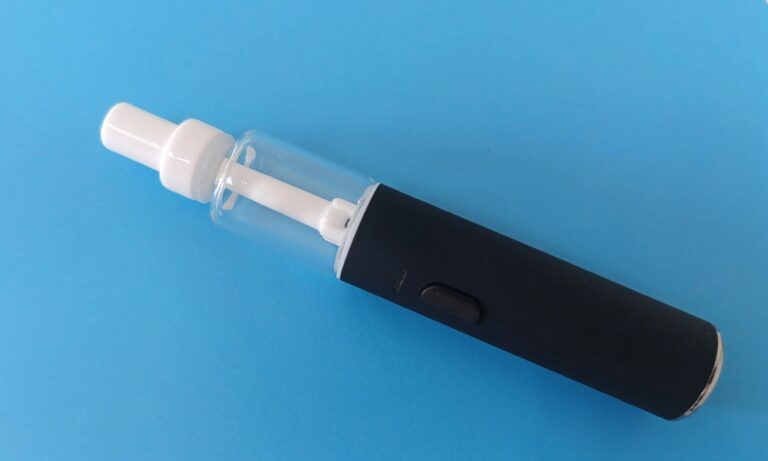
Boosting Breast Milk Supply: Effective Strategies For Breastfeeding Moms
Being a breastfeeding mom can be a wonderful experience, but it can also come with challenges. One of the most common concerns for new moms is how to boost their breast milk supply. Fortunately, effective strategies can help increase milk production and ensure your little one gets the necessary nourishment. This article will explore some tried and true methods to boost breast milk supply.
Understanding Breast Milk Supply
Breast milk supply responds to baby’s feeding demands. Understanding this principle is vital for moms seeking to boost supply. Factors like hormonal changes and breastfeeding techniques affect supply. Addressing these factors can help optimize milk production.
Factors That Affect Breast Milk Supply
Several factors influence breast milk supply. Hormonal imbalances, inadequate breastfeeding, stress, and medications can all affect it. If you encounter these challenges, seek guidance from a healthcare professional, such as an OB-GYN doctor in Newton or a breastfeeding consultant.
Signs Of Low Breast Milk Supply
It’s essential to be aware of the signs that may indicate low breast milk supply. While every baby is different, some common signs include:
- Inadequate weight gain: If your baby is not gaining weight as expected, it may be a sign of low milk supply. Regular weight checks can help monitor your baby’s growth.
- Need for wet diapers: Babies who need more milk may have fewer wet diapers than usual. Pay attention to your baby’s diaper output to assess their milk intake.
- Lack of swallowing sounds: When breastfeeding, you should be able to hear your baby swallowing. If you don’t hear these sounds, it may indicate a low milk supply.
- Frequent fussiness and crying: Babies not getting enough milk may become fussy and cry more frequently. If your baby seems unsatisfied after feedings, it could indicate a low milk supply.
Strategies To Boost Breast Milk Supply
Now that we’ve explored the factors affecting milk supply and the signs of low supply let’s delve into practical strategies to boost breast milk production. By implementing these strategies, you can optimize your milk supply and provide your baby with the necessary nourishment.
Proper Breastfeeding Techniques
Proper breastfeeding techniques are vital for successful breastfeeding and optimal milk production. Here are some tips to ensure you’re using the correct methods:
- Achieve a good latch: A proper latch is essential for effective milk transfer. Ensure your baby’s mouth covers the entire areola, not just the nipple.
- Frequent nursing: Breastfeed your baby frequently, ideally every 2-3 hours, to stimulate milk production. Avoid long gaps between feedings.
- Breast compressions: Gently compress your breast to encourage milk flow while breastfeeding. This can help your baby receive more milk and stimulate further production.
Importance Of A Healthy Diet And Hydration
Maintaining a healthy diet and staying hydrated is crucial for breastfeeding moms. Here are some dietary and hydration tips to boost your milk supply:
- Stay hydrated: Drink plenty of water throughout the day to ensure adequate hydration. Aim for at least eight glasses of water daily.
- Eat a balanced diet: To support milk production, consume nutrient-rich foods, including whole grains, lean proteins, fruits, and vegetables.
- Consider galactagogues: Some foods and herbs are believed to promote milk production. Examples include oats, fenugreek, fennel, and brewer’s yeast. Consult a lactation consultant or healthcare provider before incorporating these into your diet.
Breastfeeding Positions For Better Milk Flow
The position you choose while breastfeeding can impact milk flow and supply. Experiment with different breastfeeding positions to find what works best for you and your baby. Some positions that may help improve milk flow include:
- Cradle hold: This is the most common breastfeeding position, where you hold your baby’s head in the crook of your arm.
- Football hold: In this position, you tuck your baby under your arm like a football, with their legs facing your back.
- Side-lying position: This position involves lying on your side with your baby facing you, making it a comfortable option for nighttime feedings.
Breastfeeding On Demand Vs. Scheduled Feeding
Breastfeeding on demand, or responsive feeding, involves nursing your baby whenever it shows hunger cues. Scheduled feeding, on the other hand, follows a strict feeding schedule. While both approaches have their merits, responsive feeding is generally recommended for establishing and maintaining milk supply.
Responsive feeding allows your baby to regulate their intake based on their needs, stimulating milk production accordingly. This approach also promotes a strong bonding experience between you and your baby.
Utilizing Breast Pumps And Lactation Aids
Breast pumps and lactation aids can be valuable tools for boosting milk supply. Here’s how you can effectively utilize them:
Breast pump: Regularly using a breast pump can help stimulate milk production and increase supply. Pumping between feedings or after nursing sessions can be particularly beneficial.
Lactation aids: Consider using lactation aids, such as nursing supplements or herbal remedies, under the guidance of a lactation consultant or healthcare provider.
Support Resources For Breastfeeding Moms
Breastfeeding can sometimes feel overwhelming, especially if you face challenges with milk supply. Fortunately, numerous support resources are available to help you along your breastfeeding journey. Consider the following options:
- Lactation consultants: Seek the guidance of a certified lactation consultant who can provide personalized support and advice.
- Breastfeeding support groups: Joining a local or online breastfeeding support group can connect you with other moms experiencing similar challenges.
- Online resources: Explore reputable websites, blogs, and forums dedicated to breastfeeding. These platforms often provide evidence-based information, tips, and answers to common breastfeeding questions.
By utilizing these strategies and seeking support when needed, you can boost your breast milk supply and provide your baby with the nourishment they need to thrive.
In conclusion, breastfeeding is a beautiful journey that can come with its share of challenges. However, with the right strategies and support, you can boost your breast milk supply and ensure your baby receives optimal nutrition. Remember, every mom’s breastfeeding experience is unique, so don’t hesitate to seek professional guidance if you have any concerns. You’ll be well on your way to a successful breastfeeding journey by prioritizing self-care, implementing proper techniques, and staying informed.
















